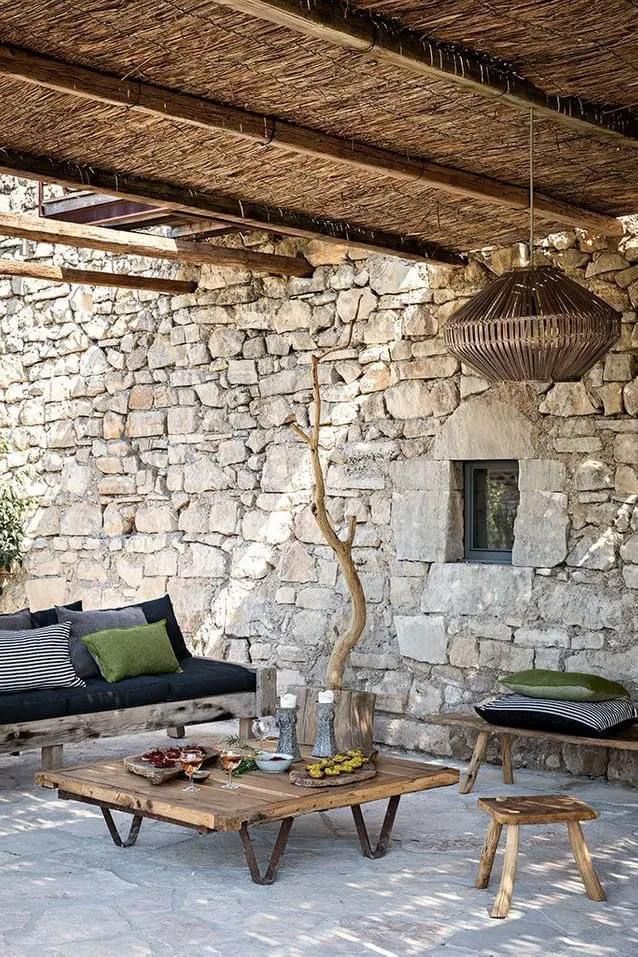
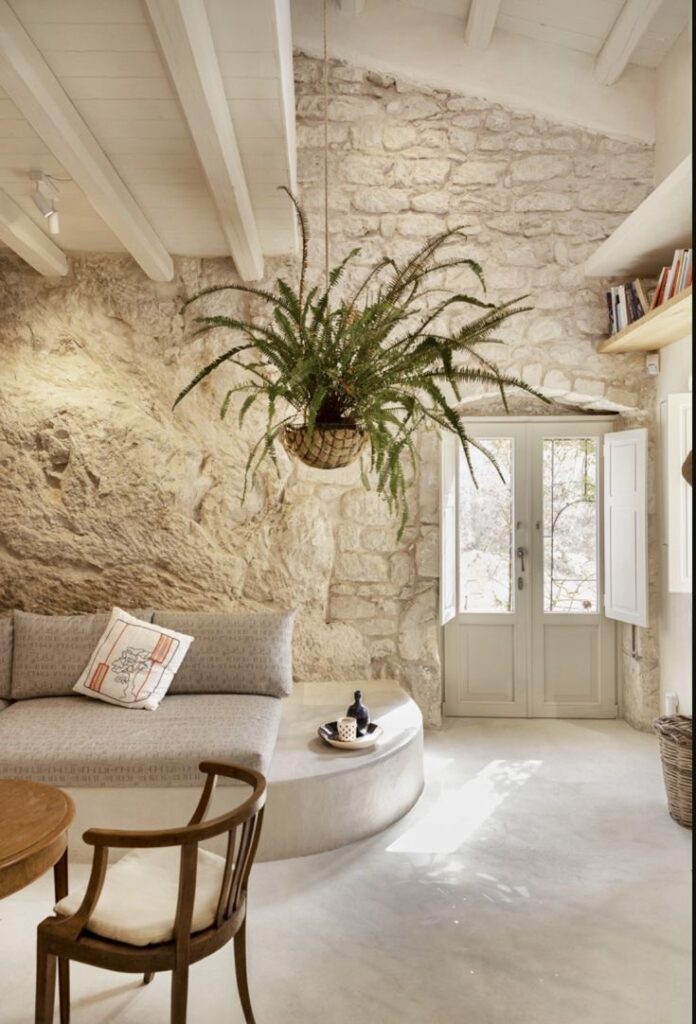
Why Reclaimed Materials Deserve Attention
Reclaimed stone and wood aren’t just scraps from old buildings or forgotten yards. They are durable, already-weathered materials with unique character. Every crack, knot, and color variation tells a story.
Using them is also practical. You keep perfectly good materials out of landfills. The U.S. Environmental Protection Agency estimates that construction and demolition waste makes up more than 500 million tons annually in the United States alone. Reusing even a small fraction can make a big dent.
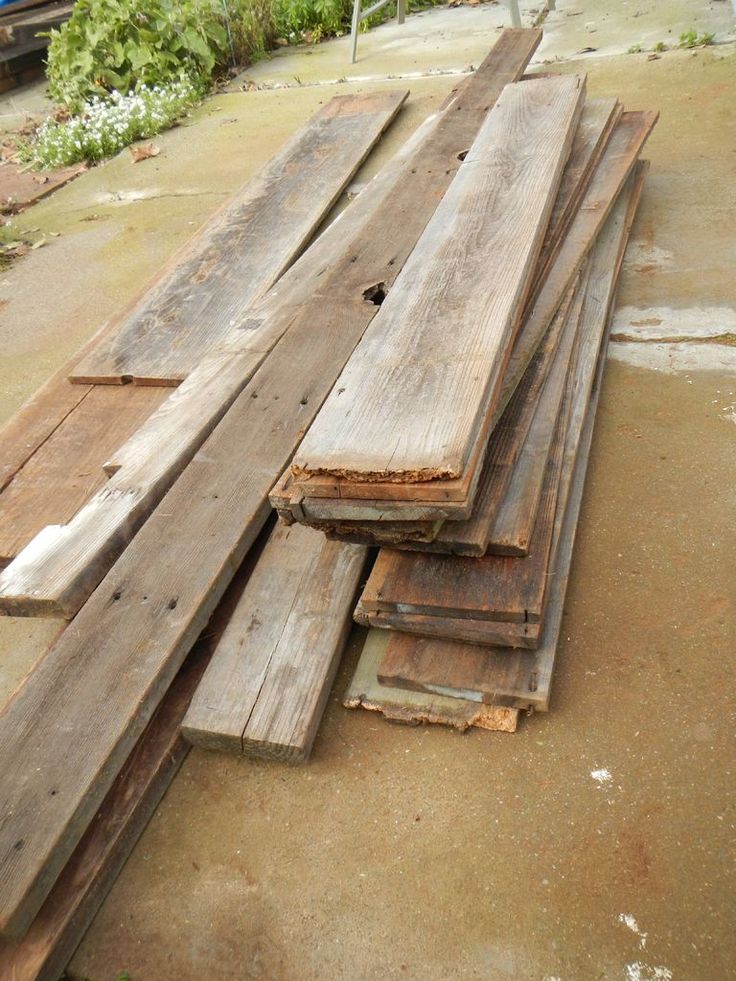
Character You Can’t Fake
New materials can be uniform and clean, but they often look bland. Reclaimed materials have texture and irregularity that gives a project personality.
A wall built from reclaimed stone has layers of color that formed over decades. Reclaimed wood might carry nail holes or saw marks from a long-gone workshop. One landscaper at RockFence Capital said they once built a garden bench from beams salvaged from a 150-year-old barn. “The client loved that it had dents and burn marks. You can’t buy that kind of story at a hardware store.”
Built to Last
Old materials are often stronger than modern ones. Older wood was typically cut from slower-growing trees, making it denser. Reclaimed stone has already survived decades of weather. If it’s still in good shape, it will probably last another lifetime.
A reclaimed oak board can handle heavy foot traffic better than a soft pine plank from a big-box store. Stone that’s been part of a building foundation will shrug off rain, frost, and heat cycles.


Lower Environmental Impact
Choosing reclaimed materials reduces the need for new quarrying, milling, or manufacturing. That means less energy use, less mining, and fewer carbon emissions.
According to the Building Materials Reuse Association, reusing wood can save up to 15 million tons of CO₂ annually if widely adopted. It’s one of the simplest ways for homeowners and builders to lower a project’s footprint without sacrificing quality.
Where to Find Reclaimed Stone and Wood
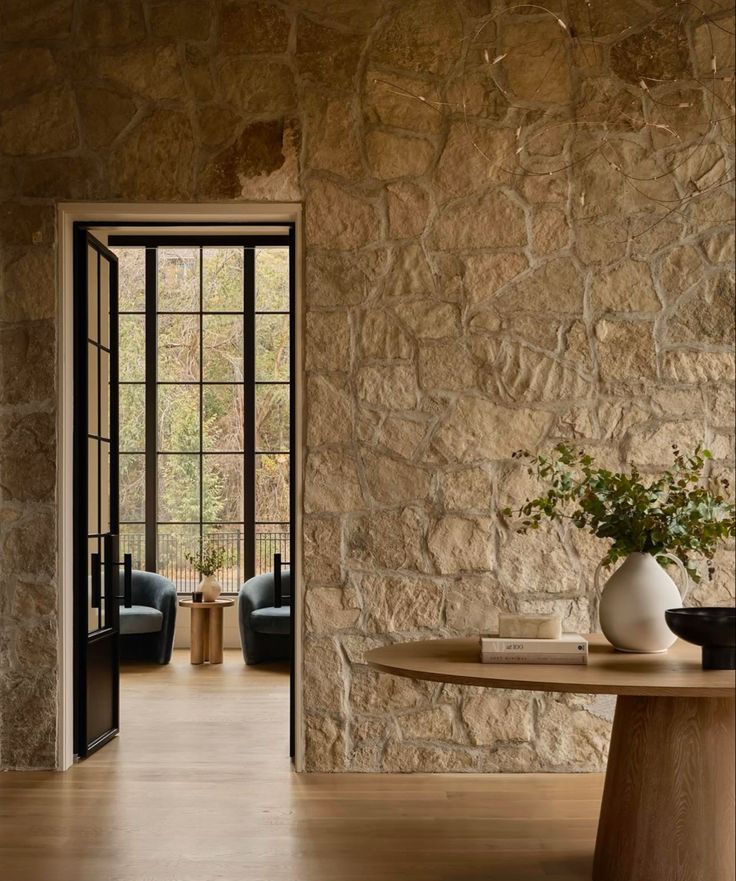
Salvage Yards
These are treasure hunts in disguise. You can find everything from barn beams to slate pavers. Prices are usually lower than buying new.
Demolition Sites
Ask contractors if you can buy or take materials from demolition projects. Always get permission first.
Local Farm Sales or Auctions
Old barns, sheds, and fences are great sources for weathered boards and beams.
Online Marketplaces
Platforms like Craigslist or Facebook Marketplace often have people giving away leftover stone or timber just to clear space.
How to Use Reclaimed Stone

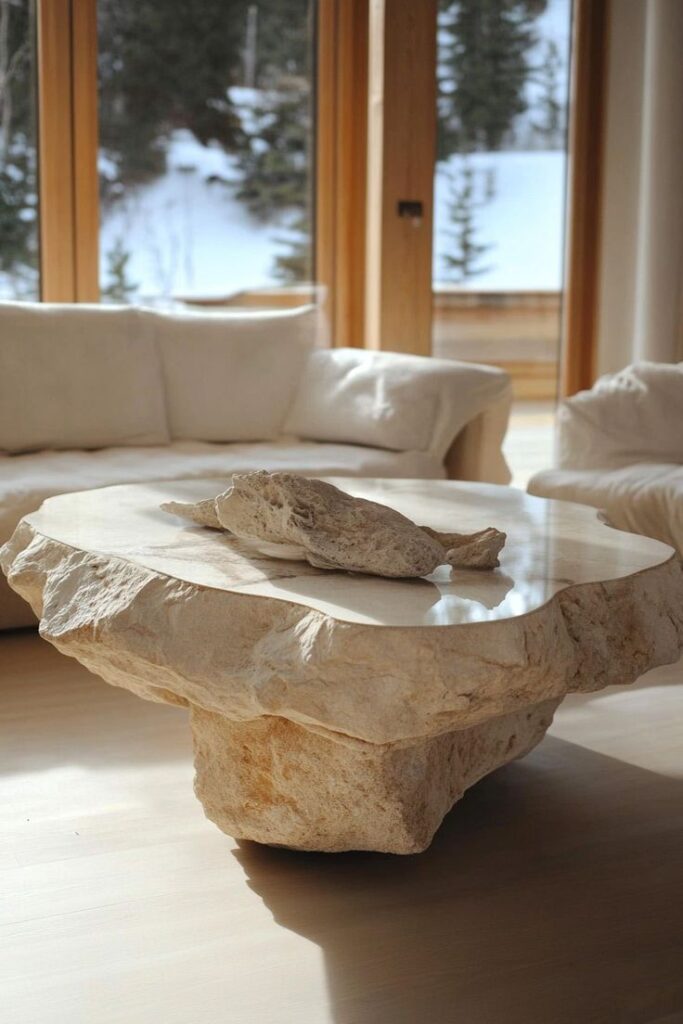
Garden Paths
Irregular stone shapes make charming, one-of-a-kind paths.
Retaining Walls
Mix sizes and colors for a rustic look that blends into the landscape.
Fire Pits
Stone that’s already handled heat in a building will work well around a fire.
Raised Beds
Flat stone can be stacked to create planting beds that last for decades.
How to Use Reclaimed Wood
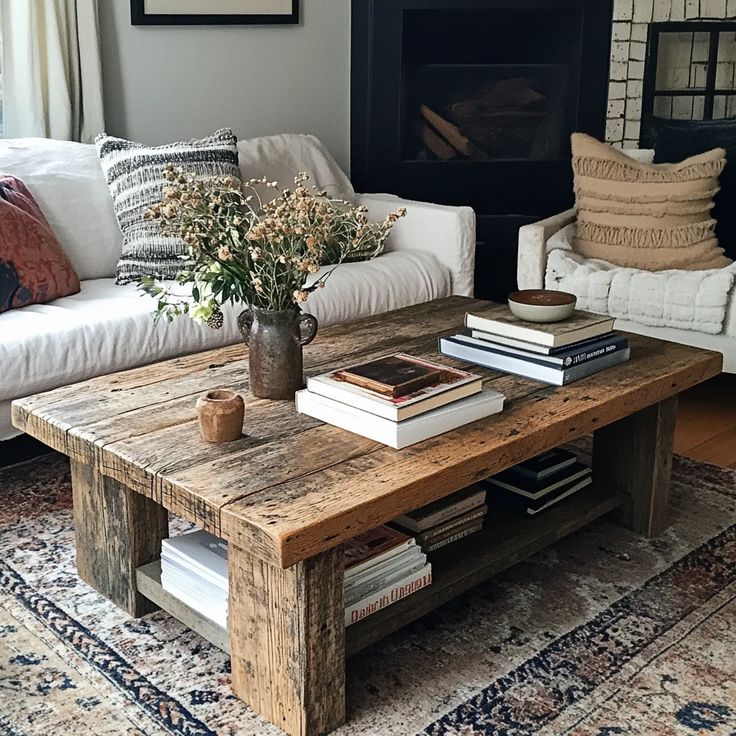
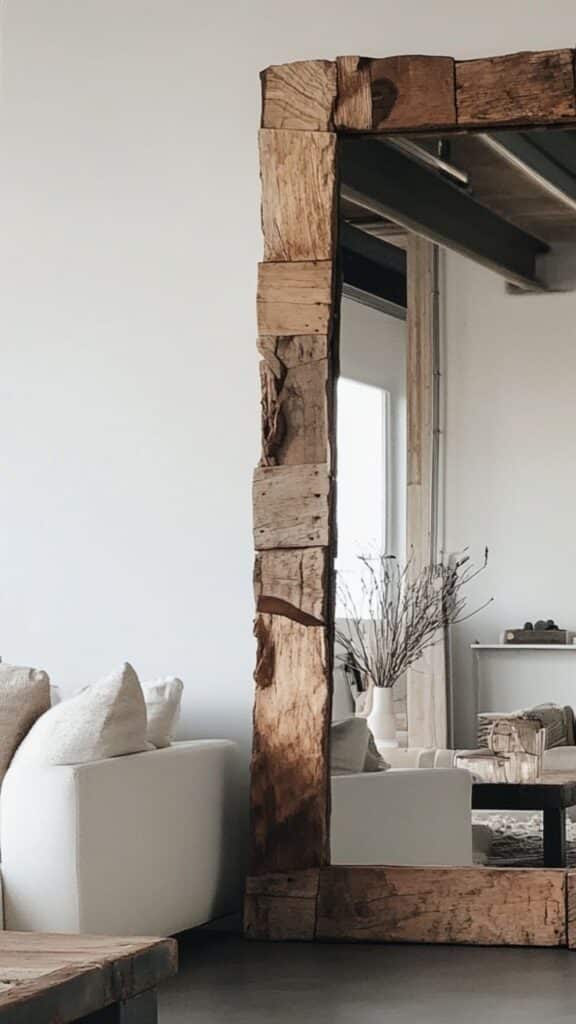
Decking and Patios
Hardwoods like oak or teak are ideal for outdoor flooring.
Benches and Tables
Old beams and planks can become sturdy, weather-resistant seating.
Pergolas and Arbors
Reclaimed posts add strength and a vintage feel to garden structures.
Planter Boxes
Smaller offcuts can be turned into boxes for herbs and flowers.
What to Check Before Using Reclaimed Materials
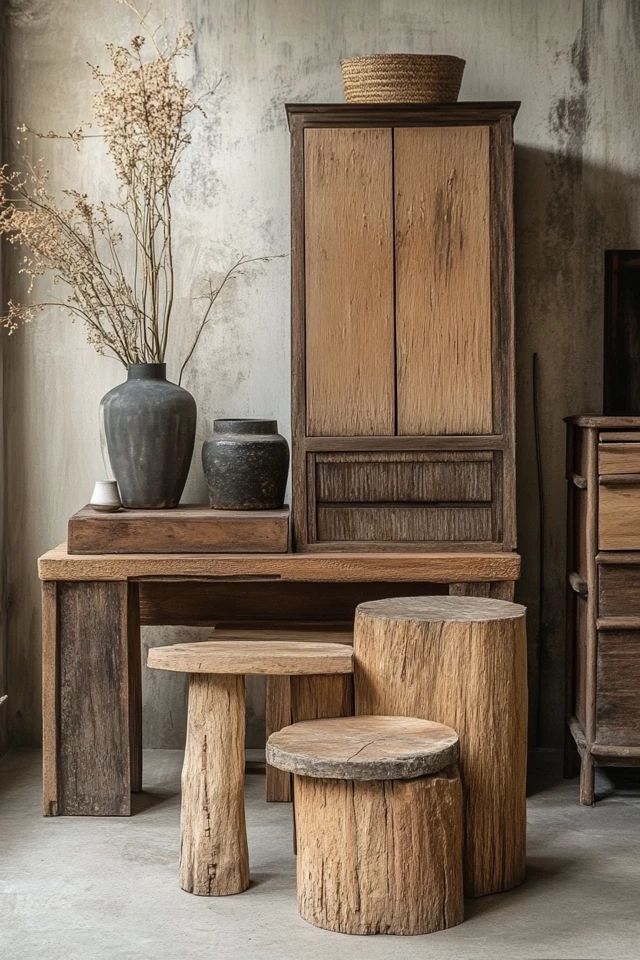
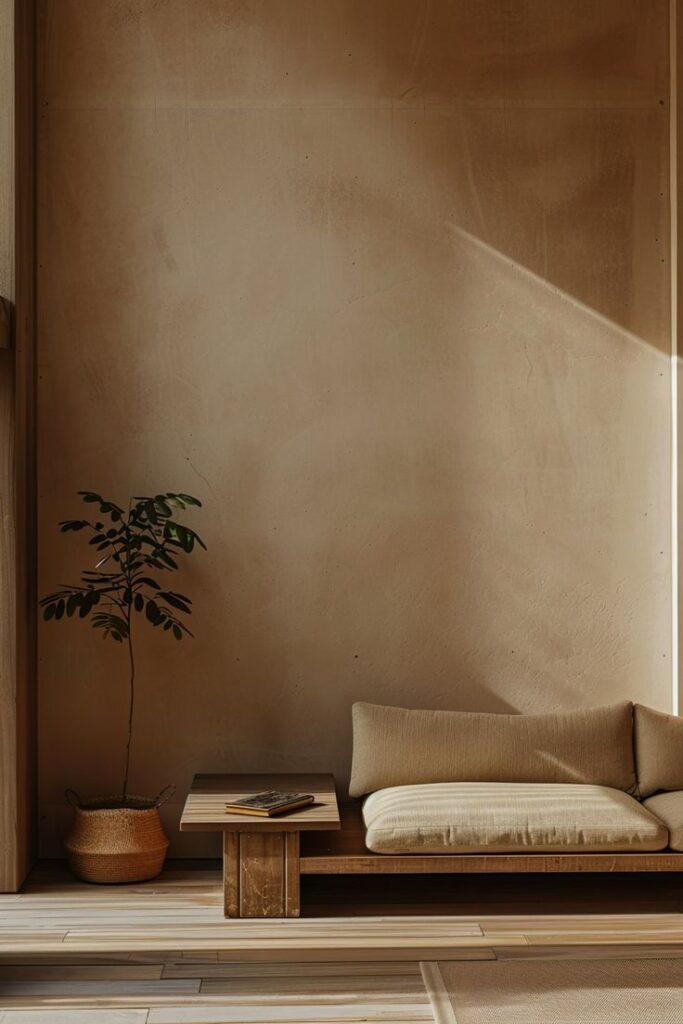
Condition
Look for rot in wood and cracks in stone. Some wear is fine, but avoid pieces that are structurally weak.
Contaminants
Old wood may have lead paint or chemical treatments. Sand or seal painted surfaces, or avoid them entirely if you’re unsure.
Pests
Check for termites, carpenter ants, or other insects. Treat or discard affected pieces.
Tips for Working with Reclaimed Materials
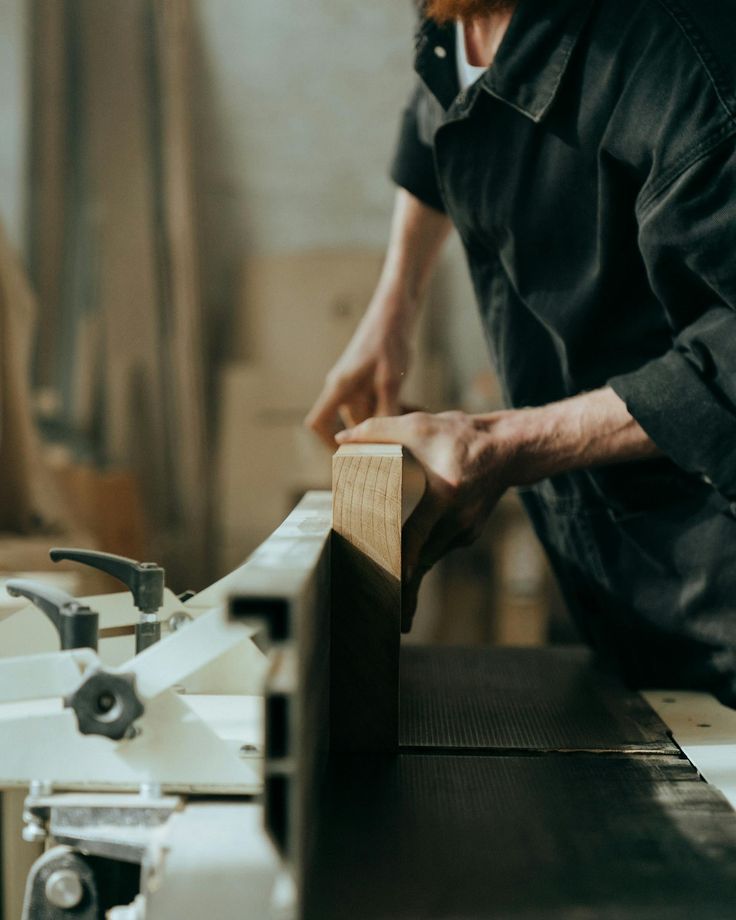
- Plan Around the Material: Let the size and shape of the stone or wood influence your design.
- Clean Thoroughly: Use a stiff brush and water for stone; sand wood to remove splinters and dirt.
- Seal When Necessary: Outdoor wood benefits from a protective finish to extend its life.
- Mix Old and New: Combine reclaimed materials with new ones for a balanced look.
The Payoff Goes Beyond Looks
Reclaimed materials connect you to history. A stone from a century-old wall or a beam from a dismantled shipyard carries more than just physical weight—it carries a story.
One homeowner in London replaced their concrete patio with reclaimed York stone. “Neighbors kept stopping to ask about it,” they said. “Turns out, the stone came from an old town square. Now our backyard feels like it’s part of the city’s history.”


Start Small, Think Long-Term
You don’t need to overhaul your entire yard at once. Start with a single feature—maybe a reclaimed wood bench or a small stone path. Over time, you can add more elements. The result will be a space that feels layered, lived-in, and unique.
Reclaimed stone and wood save money, cut waste, and add unmatched character. Whether you’re building a garden wall, a seating area, or a simple stepping-stone path, you’re not just creating a feature—you’re giving old materials a second life. And that’s a win for your yard, your wallet, and the planet.
- 0shares
- Facebook0
- Pinterest0
- Twitter0



